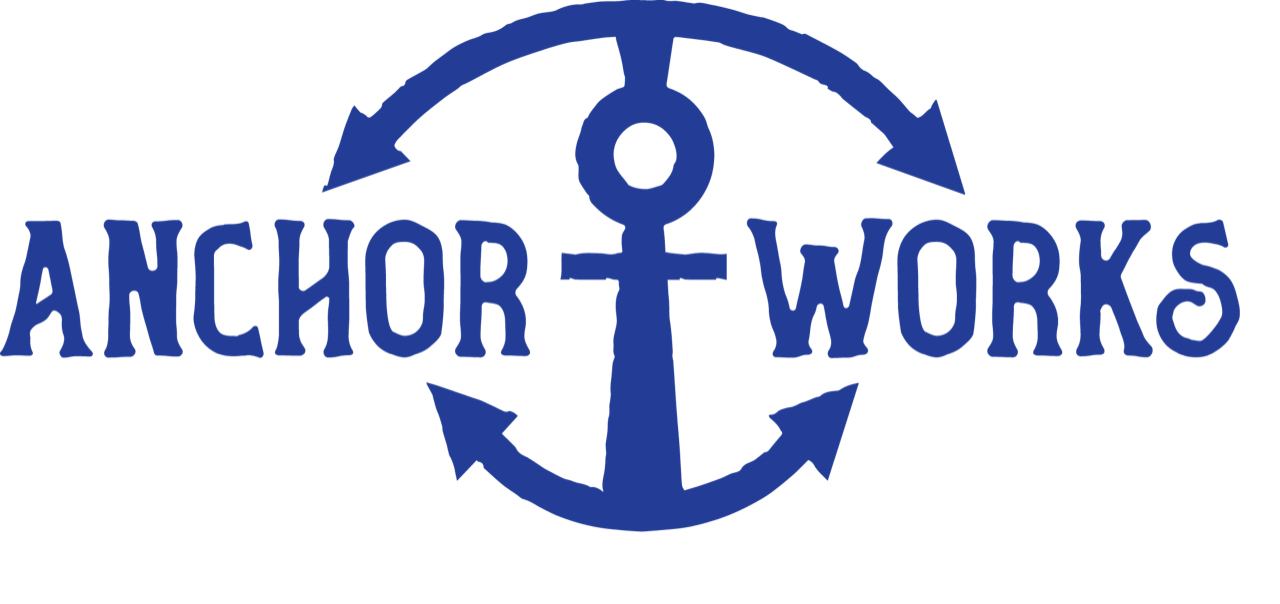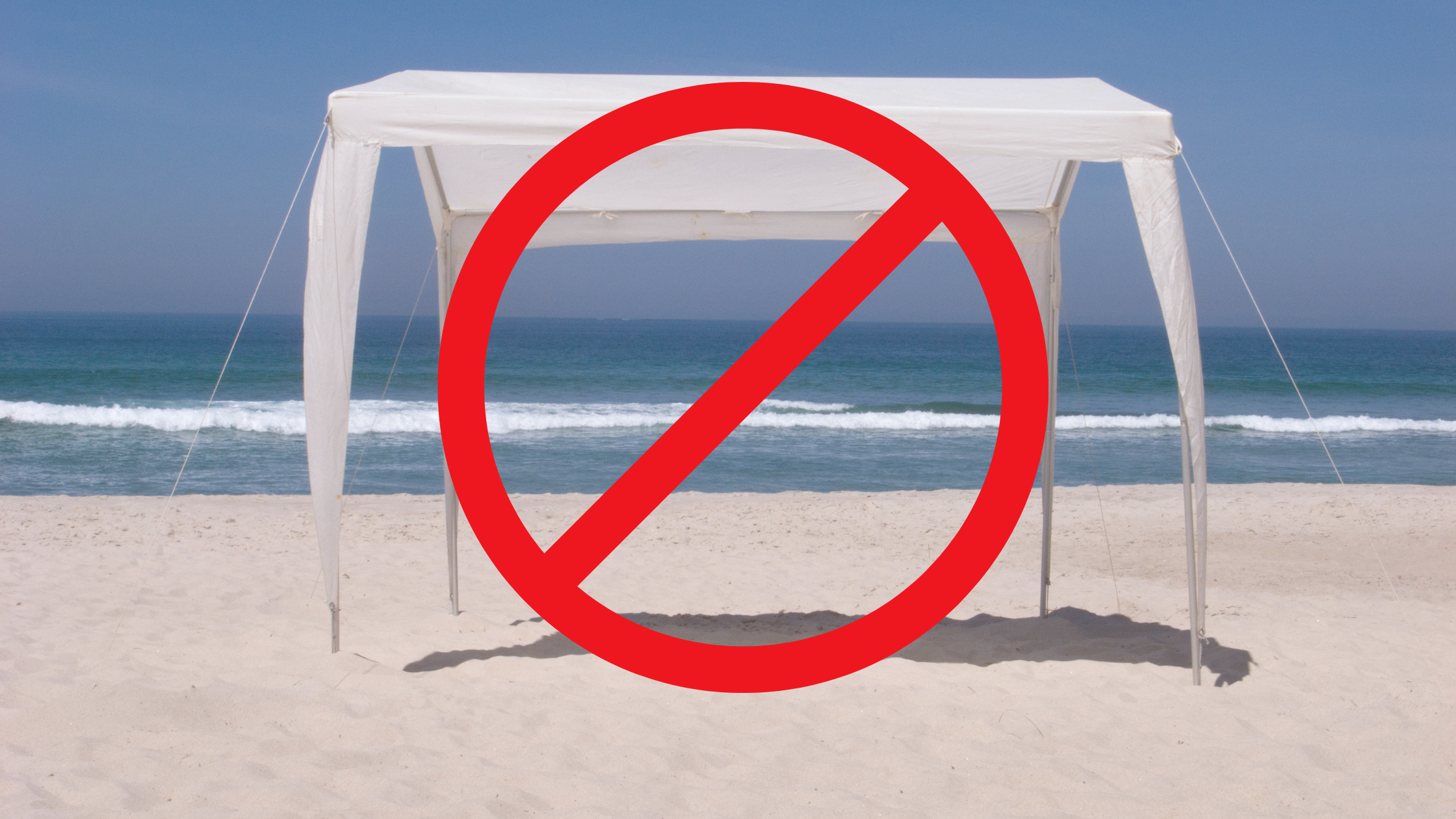Why Tents, Tie-Downs and Sandbags Don’t Belong on the Beach
At a glance, tying your beach umbrella to a cooler, chair, or sandbag might seem smart. But the truth is, those setups are often illegal—and they’re definitely unsafe.
Anchor Works was designed to solve this the right way. We’re not a tent. No straps. No sandbags. No gimmicks. Just one secure anchor in the sand—because safety shouldn’t require a complicated setup.
Why Tie-Downs, Tents, and Sandbags Don’t Cut It
Cities and beach patrols across the country are cracking down on tethered umbrellas, tent-style tie-downs, and bulky sandbags.
Why?
- They’re trip hazards—especially in crowded beach areas, creating obstacles under and around the umbrella.
- If the umbrella lifts in the wind, it may not drag a heavy object with it—but tethers can snap or shift suddenly, creating unpredictable movement and added risk.
- Bulky sandbags add clutter and create hazards of their own.
- Tent structures often block lifeguard sightlines and access, which is why many municipalities ban them outright.
- These setups don’t meet ASTM safety standards or local enforcement guidelines.
Anchor Works Keeps It Simple
Our system uses a single point of contact with the sand. That’s it. No cords. No weight bags. No tripping hazards under the canopy.
We're not reinventing the wheel—we're just making it work the way it should’ve all along.
Real Rules. Real Enforcement.
- New Jersey Shore towns: Umbrellas must be freestanding with one center pole in the sand. No ropes, no tie-downs, no tents. Tents are also often restricted because they block lifeguard visibility and emergency access.
- Virginia Beach, VA: Umbrellas must be securely inserted into the sand—not tied to anything else.
- Ocean City, MD: Only approved sand anchors allowed. Nothing tied to chairs or coolers. See Ocean City policy
- Nags Head, NC: Umbrellas must be freestanding and removed nightly.
Lifeguards are trained to enforce these rules. Umbrella accidents are real and preventable.
New Safety Standards Back It Up
In 2024, the CPSC released ASTM F3681-24, the first national safety standard for beach umbrellas. It requires systems to:
- Resist wind speeds up to 30 MPH without dislodging
- Avoid modifications like ropes or external tie-downs
Learn more: SGS Summary
Smarter Gear. Safer Beaches.
We didn’t build a tent. We built an umbrella that stays put. Whether you’re in Florida, the Carolinas, or New Jersey, rules are evolving—and for good reason.
Anchor Works is compliance-ready, trip-hazard-free, and built to handle wind without the circus setup.
Leave the rope tricks and sandbags at home.


Share:
Hospitality-Grade Beach Umbrella Safety Starts Here